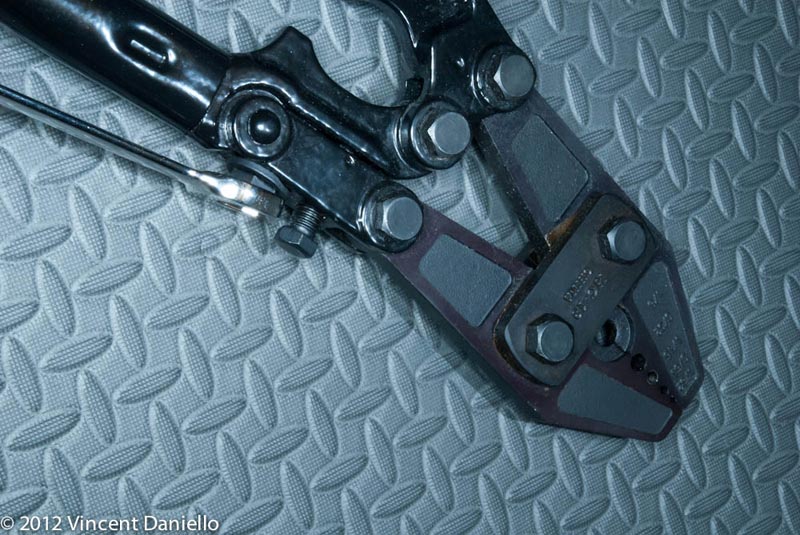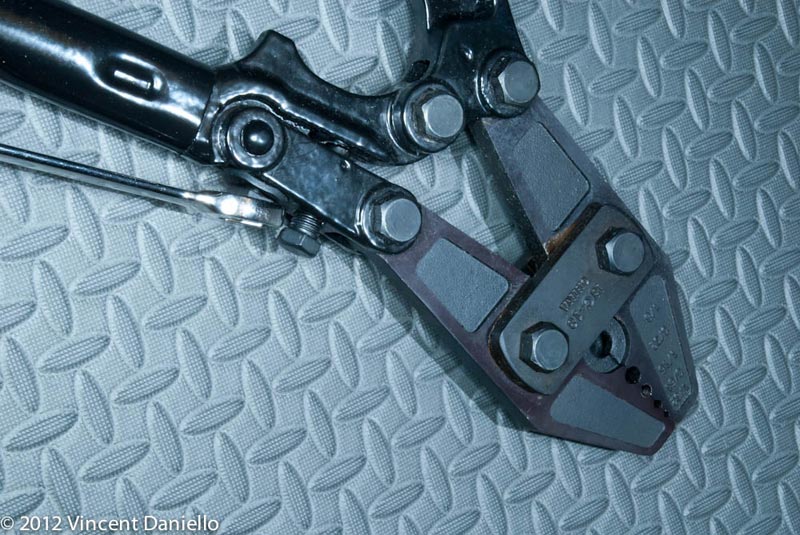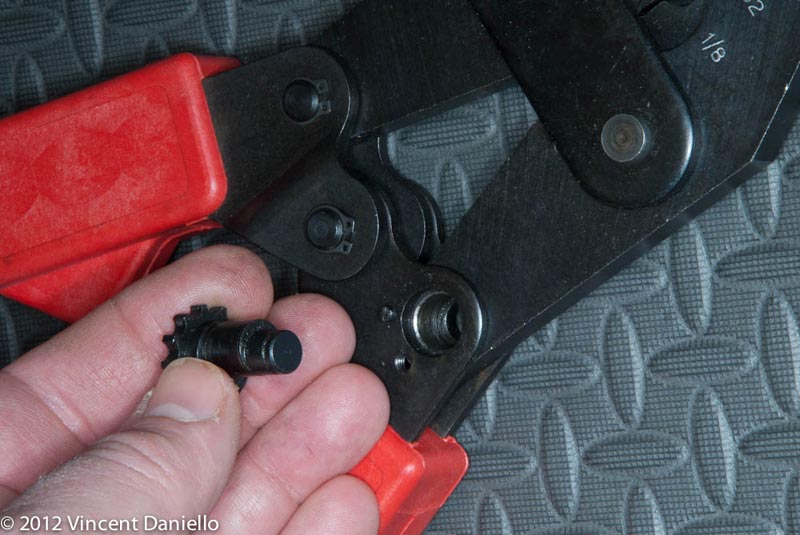



















Many products featured on this site were editorially chosen. Sport Fishing may receive financial compensation for products purchased through this site.
Copyright © 2025 Sport Fishing Firecrown. All rights reserved. Reproduction in whole or in part without permission is prohibited.